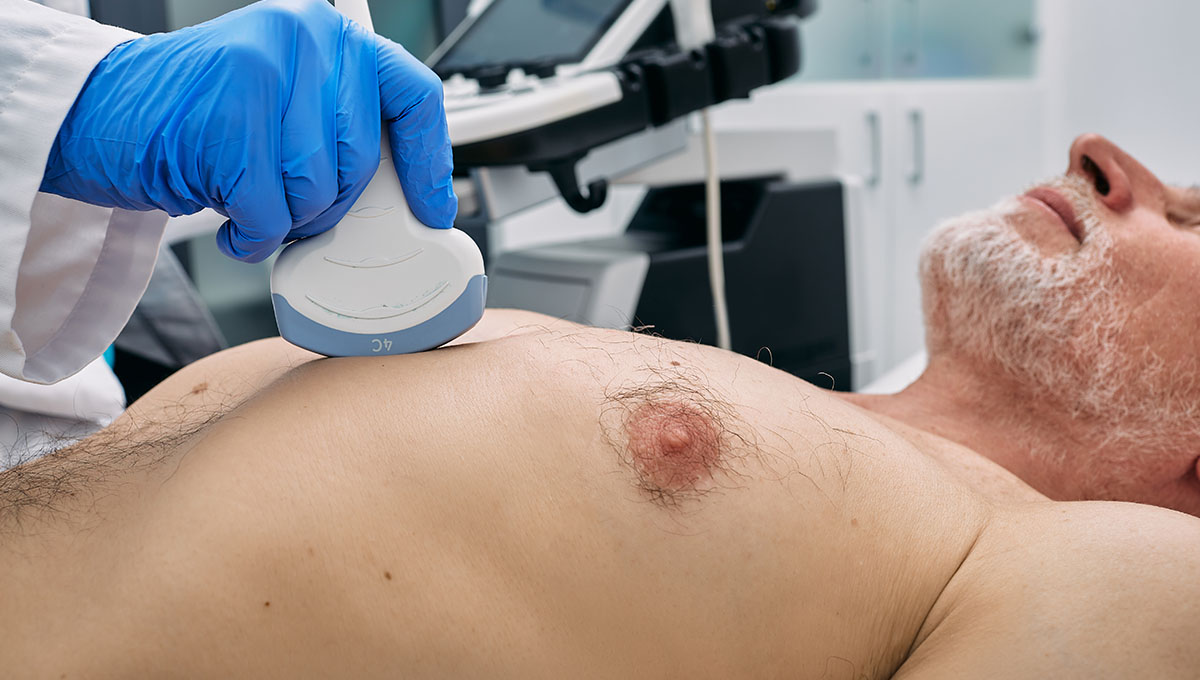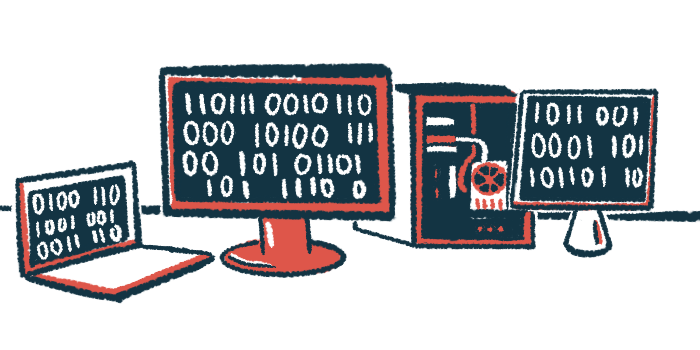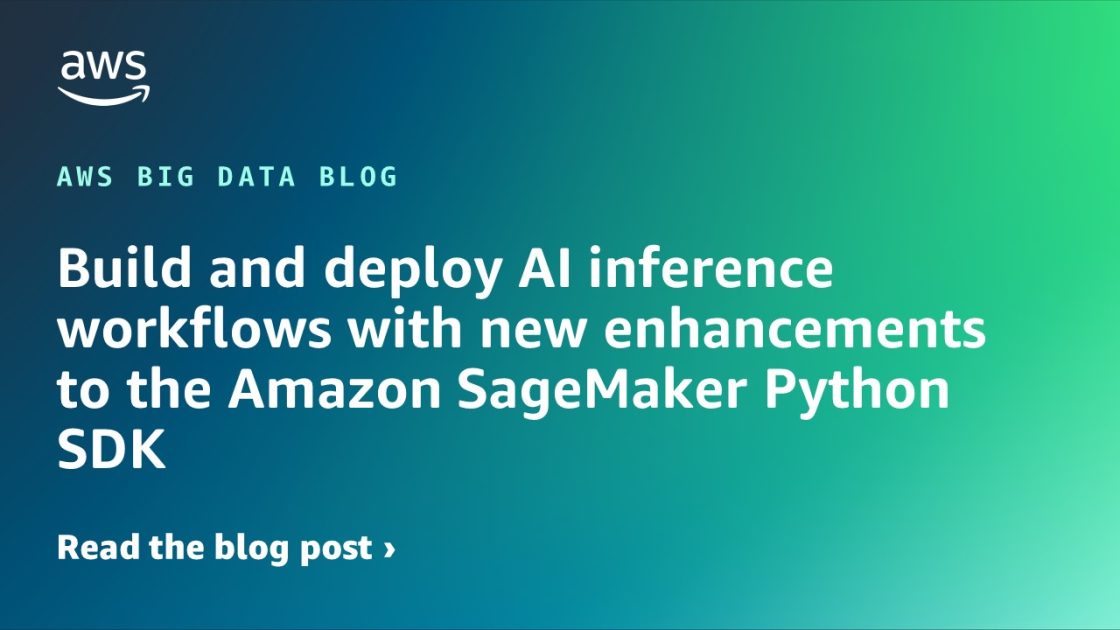New model would be used to analyze biopsies of salivary glands Using artificial intelligence (AI) to analyze biopsies of the salivary glands in people with Sjögren’s disease may help identify patients who are likely to have disease involvement in vital organs, a new study reports. According to the researchers, the novel model developed by the

AI-Informed Echo Can Aid Diagnosis, With High Accuracy – TCTMD.com
PanEcho isn’t yet ready to be a standalone tool, researchers say, but shows promise at improving workflows and patient care.
PanEcho, an artificial intelligence (AI)-based system, automatically interprets transthoracic echocardiograms (TTEs) with high accuracy and consistency, according to data from Yale University’s health system.
The novel technology, with further study, could be applied as an adjunct reader in echo labs or as a screening tool in point-of-care settings, say researchers.
Senior author Rohan Khera, MD (Yale School of Medicine, New Haven, CT), speaking with TCTMD, clarified how PanEcho differs from existing AI tools. “We’ve been teaching AI to look through images like X-rays . . . or even read photos of ECGs,” he said. For PanEcho, the AI model is informed by videos and equipped to do numerous tasks, not just look into one question.
The idea was to develop a tool to better appreciate abnormalities, said Khera. “It can stitch across multiple videos like any clinician would, because in an echocardiogram, you’ve got different angles of the heart. The model does just that: views different angles, sees what normal looks like, and defines whether abnormalities exist.”
Khera cautioned that, at least for now, PanEcho should not be a standalone tool. “It shouldn’t be something that becomes, in itself, a full reader,” he said.
Instead, the AI system can be used as a first layer of screening to triage a patient as high risk, help speed up the process for echocardiographers, or provide added details to “round out the picture on missed valve disease or other abnormalities that may be lurking in plain sight because that wasn’t the focus of the [imaging] study,” said Khera. The biggest application will likely be for nonspecialists who use point-of-care ultrasounds on the heart but aren’t well-versed in how to interpret the results, he said.
“I feel that with these emerging innovations, AI is closer to practice than ever before,” Khera commented. Rather than replace human input, however, the goal is “to figure out how to synergize effectively [as a way to] augment capacity for us to be able to see patients more safely, at scale.”
PanEcho’s Trajectory
For their study, originally presented at the American Heart Association 2024 meeting, and published this week in JAMA, lead investigator Gregory Holste, MSE (University of Texas at Austin), and colleagues developed the PanEcho system using 1.2 million echo videos from 32,265 TTE studies done in 24,405 patients at Yale New Haven Health System hospitals and clinics between January 2016 and June 2022. They retrospectively validated their model in a separate set of TTEs performed at Yale in late 2022 as well as in four external cohorts of imaging in patients from New England, California, and Budapest, Hungary.
PanEcho is able to perform 39 labels and measurements on TTE. These include “18 diagnostic classification tasks, such as capturing the size, structure, and function of all four heart chambers and valvular disease, and 21 regression tasks quantifying key dimensions of each chamber, blood flow velocities, and more,” the investigators explain. For diagnostic classification, median area under the receiver operating characteristic curve (AUC) was 0.91, and for echo parameter estimation, the median normalized mean absolute error was 0.13.
In the internal validation cohort, the model was able to accurately estimate LVEF (mean absolute error 4.2%) and detect moderate or worse LV systolic dysfunction (AUC 0.98), RV systolic dysfunction (AUC 0.93), and severe aortic stenosis (AUC 0.98). Results were similarly good in the external validation cohorts and when used in limited imaging profiles involving fewer views.
The PanEcho system “advances the current state of AI-enabled echocardiography, enabling simultaneous estimation of all key parameters of cardiac structure and function from any combination of 2D views,” the researchers write. With echocardiographic expertise scarce and increasing accessibility of portable devices, “the model could provide cardiovascular healthcare that might otherwise be inaccessible to many communities,” they add.
Next up will be understanding how this tool alters workflow, something that’s already being investigated at Yale and elsewhere, said Khera. “Does it make the process faster? Does the accuracy of the echocardiography improve over time? Those are the things we’re testing right now.”
Clinicians and hospitals interested in trying out PanEcho can do so free of charge—the model is open source and available online.

Caitlin E. Cox is News Editor of TCTMD and Associate Director, Editorial Content at the Cardiovascular Research Foundation. She produces the…
Read Full Bio
- Sources
- Disclosures
- Comments
Disclosures
- Holste reports no relevant conflicts of interest.
- Khera reports receiving grants from National Institutes of Health, Doris Duke Charitable Foundation, Bristol Myers Squibb, Novo Nordisk, and BridgeBio and serving as an academic co-founder of Evidence2Health and Ensight-AI outside the submitted work.
Never Miss a Beat
Stay up-to-date with breaking news, conference slides, and topical videos covering the spectrum of CVD. Join our newsletter!



